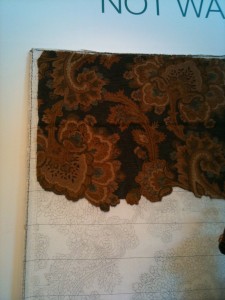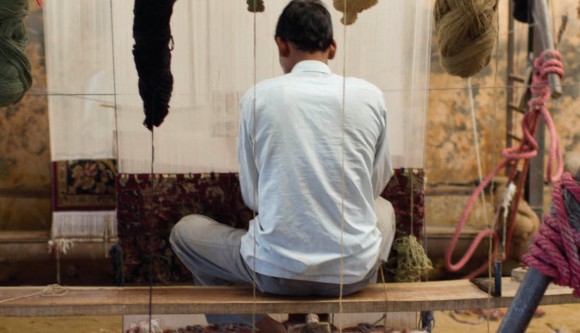 On a recent visit to Tunisia, I was amazed by the artistry in a local rug merchants shop. While I work with many types and styles of rugs, seeing the artist’s attention to detail brought another level and understanding to my knowledge. In a small family-owned shop, it is not uncommon for a hand-made rug to take over two years to make.
On a recent visit to Tunisia, I was amazed by the artistry in a local rug merchants shop. While I work with many types and styles of rugs, seeing the artist’s attention to detail brought another level and understanding to my knowledge. In a small family-owned shop, it is not uncommon for a hand-made rug to take over two years to make.
In this shop, a weaver sat behind a loom and hand tied each knot with precision. The weaver memorized the pattern in reverse and the designs have been passed down from generation to generation. Each area has traditional designs and patterns that are like a fingerprint for that specific locale. Many use the same traditional dye methods that have been used for centuries, the most exotic and expensive being any rugs using threads made with saffron dye. While in this family, the tradition of the rug was passed on through the women, it can also be passed along through the men of the family.
The tradition of hand-looming and hand-knotting is at risk due to the time it takes to craft each rug. Each rug is truly a piece of art, created with a tremendous amount of care and attention. With the rise of less expensive synthetic materials, dyes, and mass production, the need and market for these specialized rug skills is swiftly dwindling.
When you think about the materials and care put into these pieces, you realize they will not only last a lifetime, but can be passed down for generations. When you consider the joy that these hand knotted rugs will bring the beholder, it is hard not to believe that they are infused with a story that is created with each knot that is tied. Some beauty is well worth that wait that it takes to create.

